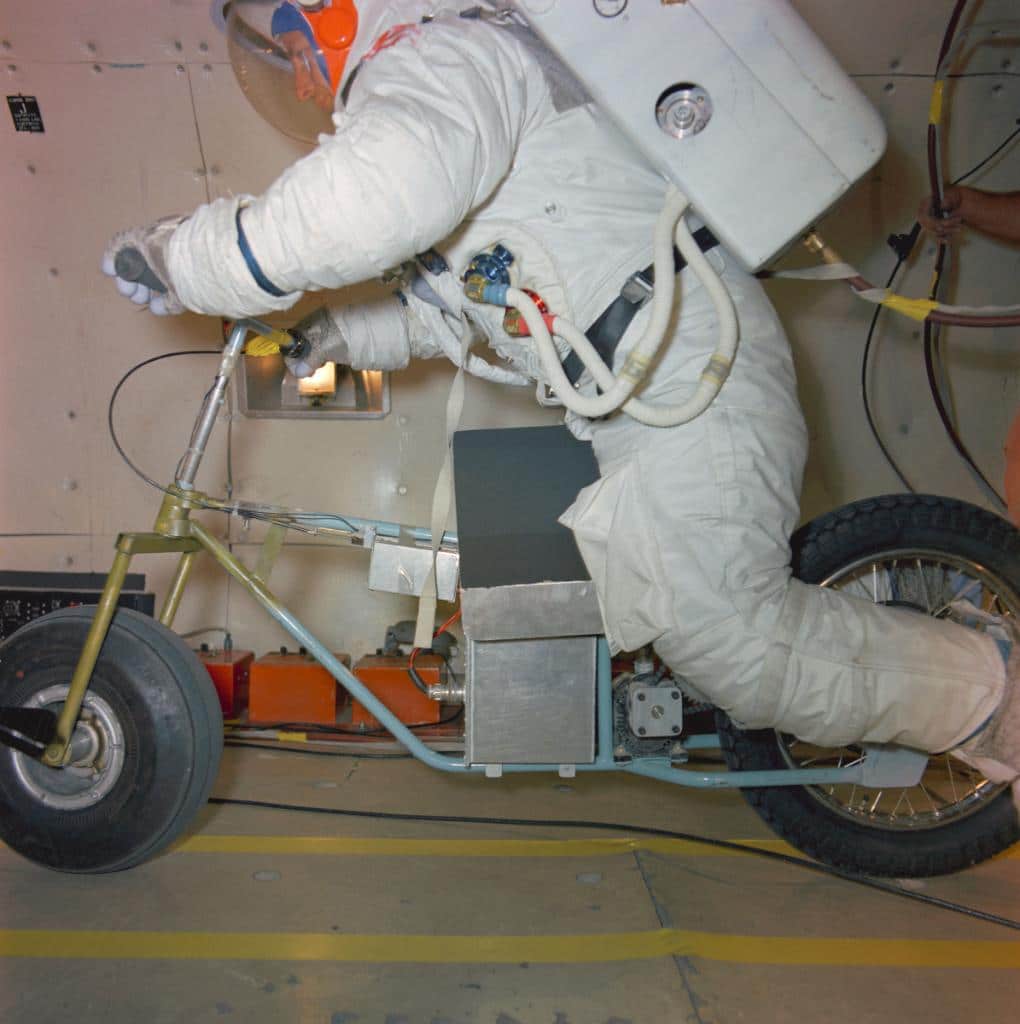The first manned moon landing celebrated its 50th-anniversary last year. The Apollo 11 mission took Neil Armstrong and the team to our beloved satellite. When it comes to sending people into space and more in those times when it was the very first time, there is a whole series of inventions and new gadgets that were developed in parallel with the spacecraft itself.
Some of these technologies are still in use today; some other objects have remained forgotten, such as the lunar electric motorcycle that is highlighted in a recent tweet from NASA’s History Office.
Specifically, it was an electric scooter that was developed for astronauts to travel greater distances. The tweet confirmed that such a vehicle was tested at one time that would serve to explore more and better the surface of our satellite.

Thanks to the historical archive of NASA, we got to know the existence of this lunar electric scooter, which did not become much more than a prototype. In the photos, we can see a very simple chassis design, whose central part houses a battery and a small electric motor just behind. The vehicle doesn’t even have the wheels of the same type or the same size, which shows us the poor maturity of the project.
However, NASA continued to develop it, as it can be seen in other archived photos published by Silodrome. In any case, and despite its simplicity, the similarity with some low-cost electric scooters sold today is undeniable.

Although they tested the lunar electric scooter, in the end, NASA opted for another vehicle – the Lunar Rover, a four-wheeled electric buggy – for collecting the valuable information on the satellite. The Lunar Rover was the first vehicle that circulated on the surface of the Moon in July 1971, as part of the Apollo 15 mission.
After discarding the project, nobody knows where the prototype (or prototypes) of the NASA electric scooter went. Apparently, there is no evidence that they are publicly exhibited in any American museum, although they are part of the scientific history and the space race.
